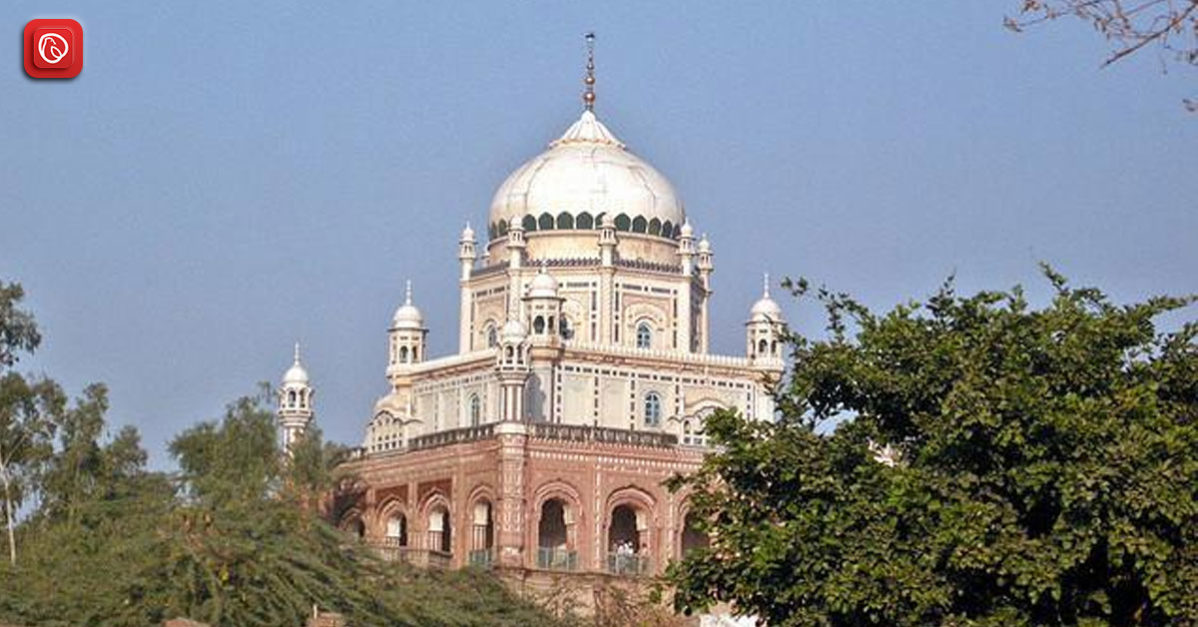About 90 kilometers south of Multan, Jalalpur Pirwala is a city and tehsil capital housing the sufi richness of the region. However, Jalalpur is much more than that: an economic engine that fuels agriculture, industries, trade, and tourism. With its historical legacy and colorful customs, the city is a captivating spectacle of cultural evolution.
With this piece, Graana.com explores how Jalalpur has advanced from a tasawwuf (sufi) hub to housing 500,000 people and becoming a part of CPEC.
Location, Postal Code and Neibouring Cities
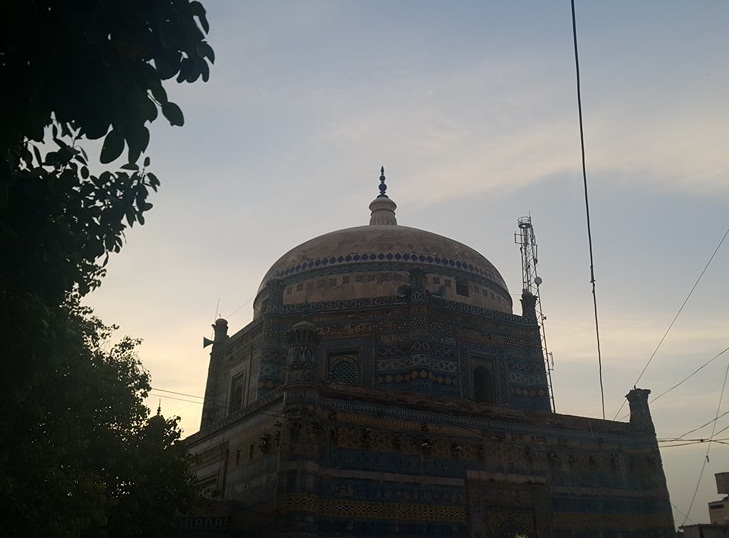
Jalalpur Pirwala is conveniently situated approximately 90 kilometers south of Multan city, easily accessible via the Lahore-Karachi Motorway. Its postal code is 60400.
Jalalpur Pirwala to Multan
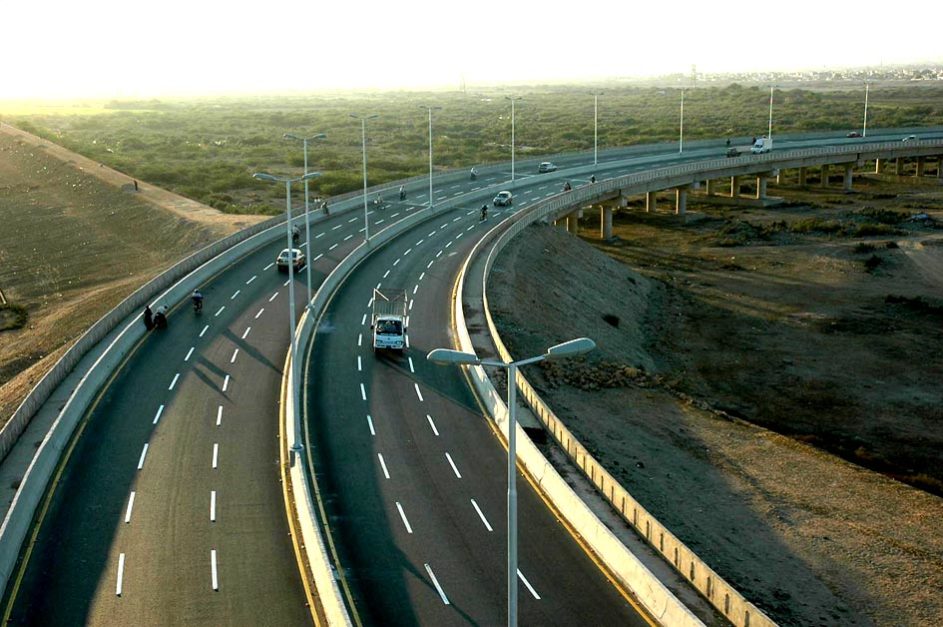
The distance between Jalalpur Pirwala and Multan is approximately 90 kilometers. Travelers can conveniently cover this distance by road, with the journey taking around 1.5 hours. The Lahore-Karachi Motorway offers a smooth and efficient route, connecting Jalalpur Pirwala to Multan and beyond.
Distance From Major Cities
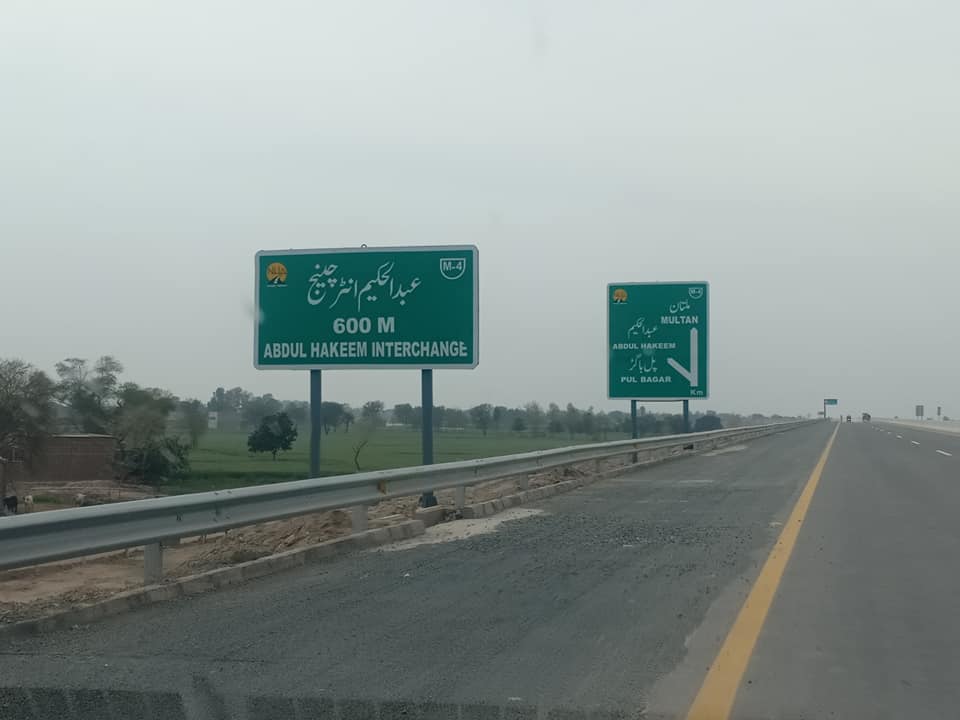
- Islamabad: The capital is around 629.0 km away from Jalal Pur Peerwala (about 6hr 42min)
- Lahore is about a 5-hour drive to Jalalpur via Abdul Hakeem Motorway/ M-3 (438.5 km)
- The distance between Jalalpur Peerwala and Faisalabad is 334 km via M-4 (3hr 52min)
- Jalal Pur is about 773 km from Peshawar via M-4
- An over 10-hour drive via NH 5 and Sukkur connects Karachi to Jalalpur Pirwala (799.3 km)
- Quetta is about 730.3 km away from Jalalpur
Neighboring Cities
Here are some cities that surround Jalal Pur Peerwala.
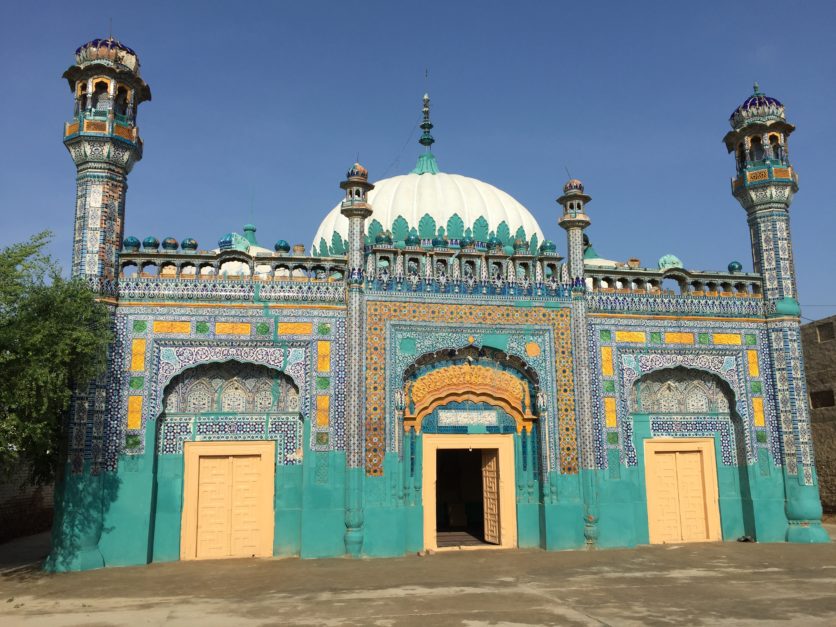
- Alipur, Pakistan
- Ladhran. Punjab
- Uch, Pakistan
- Shujaabad, Pakistan
- Jampur, Pakistan
- Muzaffargarh, Pakistan
- Kahror Pakka, Pakistan
- Dajal, Pakistan
- Yazman, Pakistan
- Samasatta, Pakistan
- Jatoi, Pakistan
- Ahmadpur East, Pakistan
- Bahawalpur, Pakistan
Transportation and Accessibility
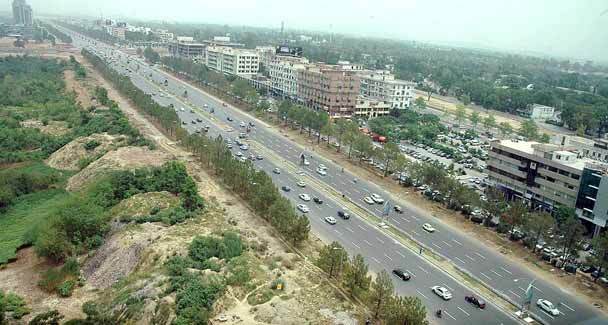
Jalalpur Pirwala is well-connected to major cities in Pakistan through a network of roads and railways. The Lahore-Karachi Motorway provides a direct link to Multan and other urban centers.
History and Culture

Jalalpur Pirwala traces its roots to the era of Sufi saints, deriving its name from the revered Sufi saint Jalaluddin Surkh-Posh Bukhari. The city’s rich cultural heritage is evident in its numerous historical landmarks, including the Shrine of Hazrat Jalaluddin Surkh-Posh Bukhari, a revered pilgrimage site for devotees.
Population and Demographics
According to the 2017 census, Jalalpur Pirwala boasts a population of over 554,152, making it one of the most populous cities in the Multan District. The majority of the population adheres to Islam, with a significant Punjabi-speaking majority.
Economy and Livelihood
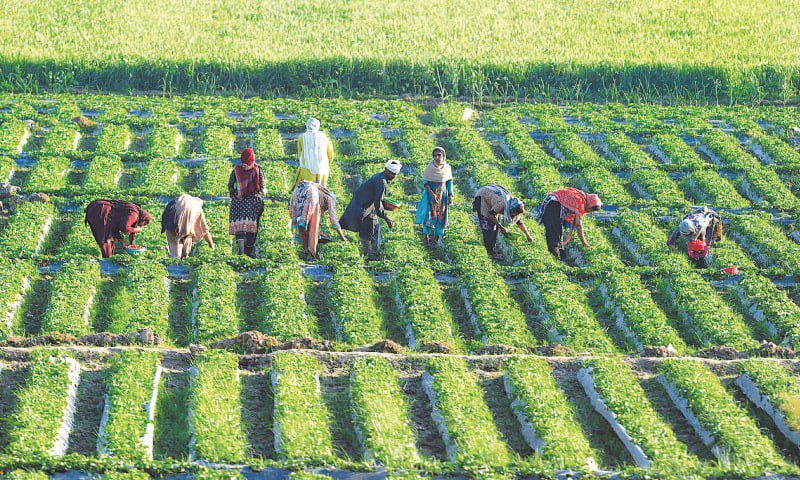
Agriculture serves as the backbone of Jalalpur Pirwala’s economy, with cotton, wheat, and rice being the primary crops cultivated in the region. International trade also plays a crucial role, with many residents working abroad and sending remittances back to their families.
Places of Interest and Tourism
Jalalpur Pirwala, a place pulsating with Sufi traditions, offers a captivating experience for tourists seeking a glimpse into the heart of Pakistan. Beyond its historical significance, the city is home to vibrant attractions catering to diverse interests.
Ancient Fort of Jalalpur

A testament to Mughal grandeur, the 17th-century fort stands as a majestic sentinel, showcasing the architectural brilliance of Emperor Aurangzeb.
Shrine of Hazrat Jalaluddin Surkh-Posh Bukhari
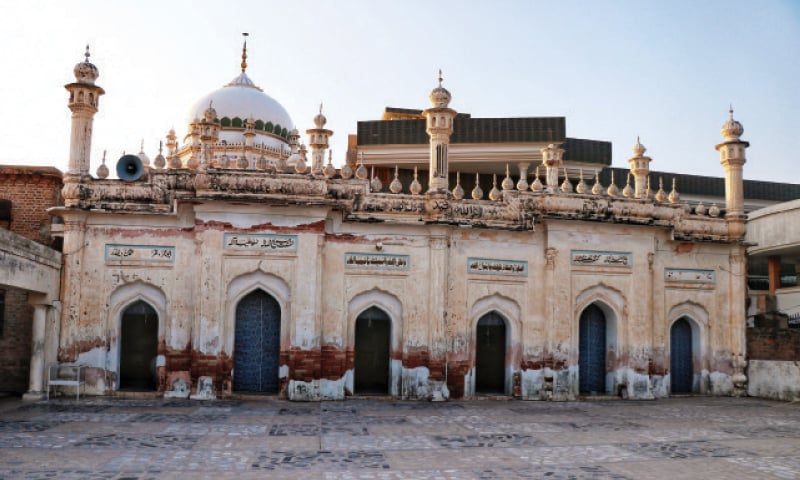
A beacon of devotion, this shrine attracts pilgrims seeking spiritual solace. Its serene atmosphere and rich history offer a profound experience.
Akbar’s Bridge
A marvel of Mughal engineering, this 16th-century bridge stands as a symbol of a bygone era. Its intricate design and enduring legacy are sure to capture the imagination.
Quba Suleman Masjid
Dating back to the Mughal period, this historic mosque is a masterpiece of Islamic architecture. Its ornate details and peaceful ambiance invite visitors for a moment of reflection.
Bustling Bazaars
Delve into the vibrant bazaars overflowing with local handicrafts, textiles, and delectable delicacies. Jalalpur’s bazaars offer a unique opportunity to experience the essence of the city’s rich cultural tapestry.
Basant and Eid al-Fitr

Immerse yourself in the warmth and hospitality of the Punjabi people by experiencing traditional festivals like Basant (Spring Festival) and Eid al-Fitr. These vibrant celebrations showcase the city’s cultural spirit.
Jalalpur Pirwala possesses immense potential to become a magnet for tourists seeking an authentic Pakistani experience. By developing cultural heritage tours that showcase Sufi traditions and Mughal architecture, promoting the exquisite craftsmanship of local artisans, and organizing captivating folk music and dance performances, the city can establish itself as a premier tourist destination.
Modern Developments and Future Prospects
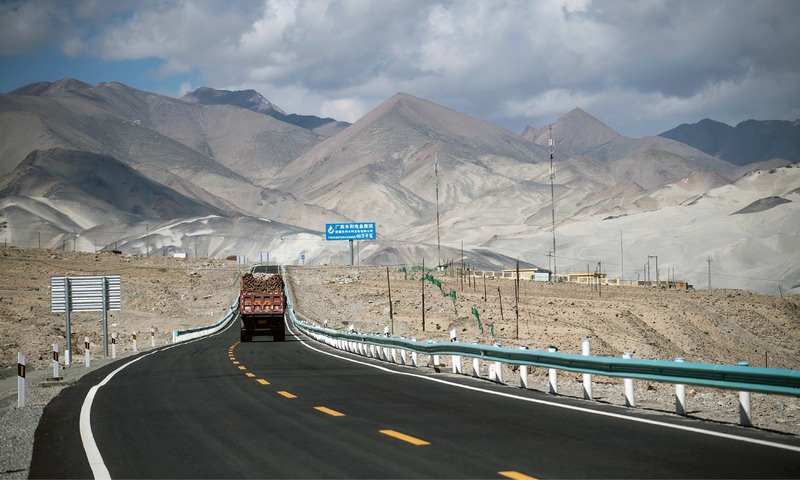
Jalalpur Pirwala isn’t solely defined by its rich past; it’s a city on the rise, brimming with future potential fueled by its inclusion in the game-changing China-Pakistan Economic Corridor (CPEC) project.
CPEC: Ushering in a New Era
Launched in 2015, CPEC is a multi-billion dollar infrastructure initiative aiming to establish a network of roads, railways, and energy pipelines connecting China’s Xinjiang province to Gwadar Port in Pakistan.
Jalalpur Pirwala: A Strategic Hub in the Making
Jalalpur Pirwala’s strategic positioning along the CPEC corridor positions it to become a significant center for trade and commerce.
Advantages for Businesses
- Proximity to Industrial Powerhouses: The city’s closeness to established industrial centers like Multan grants businesses easy access to a robust industrial ecosystem.
- Well-Developed Transportation Network: Jalalpur Pirwala boasts a well-developed transportation network, making it an attractive location for businesses seeking to capitalize on the CPEC opportunities.
A Brighter Economic Future
- Job Creation: The anticipated surge in trade and investment is expected to create a wealth of new job opportunities for Jalalpur Pirwala’s residents.
- Local Business Growth: The economic stimulus will act as a catalyst for the growth and development of local businesses within the city.
- Overall Economic Development: Jalalpur Pirwala’s inclusion in CPEC is poised to contribute significantly to the city’s overall economic development, shaping a brighter future for its citizens.
Investing in Jalalpur Pirwala
Jalalpur Pirwala presents a compelling proposition for investors seeking to capitalize on the city’s growth trajectory. With fertile agricultural land, a burgeoning population, and strategic positioning along the CPEC corridor, the city offers exciting opportunities across various sectors.
Flourishing Fields: Investing in Agriculture
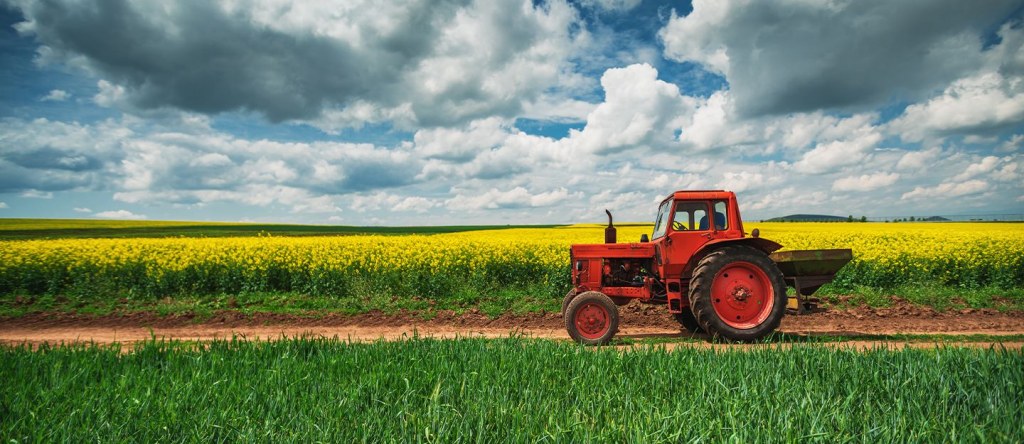
Rich Agricultural Potential: Jalalpur Pirwala’s fertile lands offer a lucrative prospect for investment in the agricultural sector.
Modernization for Growth: By introducing modern farming techniques, improving irrigation systems, and providing better access to financing for farmers, agricultural yields can be significantly enhanced. This will not only bolster Jalalpur Pirwala’s agricultural base but also generate new employment opportunities within the sector.
Beyond the Fields: A Look at Industry
- Industrial Development on the Horizon: The city’s developing industrial base presents exciting prospects for businesses operating in manufacturing, logistics, and related sectors.
- CPEC-Fueled Demand: The CPEC project is anticipated to trigger a surge in demand for manufactured goods, positioning Jalalpur Pirwala strategically to meet this need. The city’s location on the Lahore-Karachi Motorway makes it a prime spot for establishing new industrial units.
- Government Incentives for Growth: The government can play a pivotal role in fostering industrial growth by offering tax breaks, establishing special economic zones, and developing the necessary infrastructure to support industrial activity within Jalalpur Pirwala.
Famous People From Jalalpur Pirwala
Jalalpur Pirwala has a rich history of nurturing prominent figures who have left their mark on Pakistani politics. Here, we shine a light on two such individuals:
- Naghma Mushtaq Lang: A seasoned politician, she has served as a provincial minister and is currently a member of the Punjab Provincial Assembly. Her dedication to public service is an inspiration to many in Jalalpur Pirwala.
- Syed Ashiq Hussain Bukhari: Mr. Bukhari has made significant contributions to Pakistani politics, having served in both the Provincial Assembly of Punjab and the National Assembly of Pakistan. His leadership and experience have undoubtedly shaped the political landscape of the country.
Challenges and Considerations
While the future looks bright for Jalalpur Pirwala, there are challenges that need to be addressed. Ensuring sustainable development practices, improving infrastructure, and providing quality education and healthcare services are crucial for the city’s continued growth.
Conclusion
Jalalpur Pirwala emerges as a captivating destination, seamlessly blending its historical legacy with modern advancements. From its revered Sufi shrines to its bustling bazaars, the city offers a unique blend of spirituality, culture, and economic vibrancy. Whether seeking spiritual solace, cultural immersion, or a taste of authentic Punjabi life, Jalalpur Pirwala promises an unforgettable experience.
Frequently Asked Question
Learn more about Jalalpur Pirwala through these FAQs.
Where is Jalalpur peer wale ki?
Jalalpur Pirwala is a city in Pakistan’s Punjab province, situated within the Multan District.
What is the postal code of Jalal Pur Pir Wala?
Jalal Pur Pir Wala postal code is 59660
What is the history of Jalalpur?
Jalalpur Pirwala has deep historical roots, named after the revered Sufi saint Jalaluddin Surkh-Posh Bukhari. This city with a population exceeding 500,000 according to the 2017 census is also known as the “City of Peer Qatal.” While agriculture remains its foundation, Jalalpur Pirwala has also seen some industrial development.
What is the history of Jalalpur Sharif?
Jalalpur’s history is quite extensive! The region thrived as a trade center as early as 326 BC. In fact, Alexander the Great and his army are said to have camped in Jalalpur Sharif, located on the Jhelum River’s right bank, before their famous Battle of the Hydaspes.
Why is Taunsa Sharif famous?
The town’s name links back to the arrival of a revered figure, Hazrat Khawja Shah Suleiman. Following his arrival, Taunsa became known as “Taunsa Sharif.” The town even boasts a famous shrine dedicated to him, built in 1272 AD under the supervision of his grandson.
What is the history of Jhelum in Pakistan?
Jhelum District is one of Punjab’s most ancient districts. Situated along the Jhelum River, it held the name “wihat” or “bihatab” for early Muslim historians, believed to be derived from its Sanskrit name “Vitasta.” Interestingly, Alexander’s historians referred to it as “Hydaspes,” while its modern Kashmiri name is “veth.”
Which river is in Taunsa Sharif?
Taunsa Sharif’s population is predominantly made up of people with Saraiki and Baloch ancestry. The town itself is located along the banks of the Indus River.
You can read more articles on the cities of Punjab on Graana blog.
